-
 Bitcoin
Bitcoin $118300
1.01% -
 Ethereum
Ethereum $4215
0.69% -
 XRP
XRP $3.198
-3.83% -
 Tether USDt
Tether USDt $1.000
-0.01% -
 BNB
BNB $803.4
-0.53% -
 Solana
Solana $180.3
-0.67% -
 USDC
USDC $0.9998
-0.01% -
 Dogecoin
Dogecoin $0.2334
-1.49% -
 TRON
TRON $0.3394
0.86% -
 Cardano
Cardano $0.7980
-1.45% -
 Chainlink
Chainlink $22.19
6.65% -
 Hyperliquid
Hyperliquid $43.41
0.13% -
 Stellar
Stellar $0.4407
-3.13% -
 Sui
Sui $3.843
-2.24% -
 Bitcoin Cash
Bitcoin Cash $564.7
-3.74% -
 Hedera
Hedera $0.2588
-3.41% -
 Ethena USDe
Ethena USDe $1.001
0.00% -
 Avalanche
Avalanche $23.64
-3.37% -
 Litecoin
Litecoin $120.0
-4.01% -
 Toncoin
Toncoin $3.342
-1.11% -
 UNUS SED LEO
UNUS SED LEO $9.038
0.60% -
 Shiba Inu
Shiba Inu $0.00001347
-0.81% -
 Uniswap
Uniswap $10.69
-4.58% -
 Polkadot
Polkadot $4.034
-1.30% -
 Dai
Dai $1.000
0.01% -
 Bitget Token
Bitget Token $4.472
-1.52% -
 Cronos
Cronos $0.1571
-3.04% -
 Pepe
Pepe $0.00001207
-2.21% -
 Monero
Monero $273.8
-3.19% -
 Ethena
Ethena $0.7520
2.75%
How to use Gate.io's quantitative backtesting function?
Gate.io's backtesting function allows users to simulate trading strategies using historical data, helping assess potential profitability and risk before using real funds.
Mar 27, 2025 at 06:14 pm

Gate.io, a prominent cryptocurrency exchange, offers a powerful quantitative trading platform. This platform includes a backtesting function, allowing users to simulate trading strategies before deploying them with real funds. This guide will detail how to utilize this crucial feature effectively.
Understanding Gate.io's Backtesting Capabilities
Gate.io's backtesting function enables users to evaluate the historical performance of their trading strategies. This is achieved by simulating trades based on historical market data. The platform provides various parameters to customize the backtest, allowing for a comprehensive analysis. Crucially, it helps assess potential profitability and risk before risking real capital. This reduces the likelihood of significant losses due to unforeseen market fluctuations or flaws in the trading strategy itself. Remember, backtesting doesn't guarantee future success, but it significantly improves your chances.
Accessing the Backtesting Function
The exact location of the backtesting function might vary slightly depending on Gate.io's platform updates. However, generally, you'll find it within the quantitative trading section of the platform. Look for a tab or menu option related to "quantitative trading," "bots," or "strategy testing." Once located, navigate to the backtesting module. If you are unsure, consult Gate.io's official help documentation or support channels for the most up-to-date instructions. This ensures you are using the correct feature and avoiding any potential confusion.
Setting Up Your Backtest
Before initiating the backtest, you'll need to configure several key parameters. This involves specifying the cryptocurrency pair you're analyzing, the timeframe (e.g., 1-minute, 1-hour, 1-day candles), and the start and end dates for the historical data used in the simulation. You also need to define your trading strategy, which might involve specific indicators, entry/exit signals, and risk management rules. Precisely defining these parameters is crucial for obtaining accurate and meaningful results.
- Select the Trading Pair: Choose the specific cryptocurrency pair you wish to backtest your strategy on (e.g., BTC/USDT, ETH/USDT).
- Specify Timeframe: Select the appropriate timeframe for your candlestick data. Shorter timeframes (e.g., 1-minute) provide more data points but can be more computationally intensive. Longer timeframes (e.g., 1-day) offer a broader overview but may miss short-term opportunities.
- Set Date Range: Determine the historical period for your backtest. A longer period generally provides more robust results, but excessive length can impact processing time.
- Define Your Strategy: Input your trading strategy's parameters. This often involves specifying indicators, entry/exit conditions, stop-loss levels, and take-profit targets.
Interpreting Backtesting Results
Once the backtest is complete, Gate.io will present the results in a comprehensive report. This report typically includes key metrics like total profit/loss, maximum drawdown, Sharpe ratio, and win rate. Carefully analyze these metrics to understand your strategy's performance during the backtested period. Pay attention to periods of significant losses and identify potential weaknesses in your strategy. Remember that past performance is not indicative of future results.
- Total Profit/Loss: The overall profit or loss generated by your strategy during the backtest.
- Maximum Drawdown: The largest percentage drop from peak to trough during the backtest. This indicates the maximum potential loss experienced.
- Sharpe Ratio: A measure of risk-adjusted return. A higher Sharpe ratio suggests better risk-adjusted performance.
- Win Rate: The percentage of trades that resulted in profits.
Refining Your Strategy Based on Backtesting Results
The backtesting process isn't a one-time event. Use the results to refine your strategy. If the backtest reveals significant flaws or weaknesses, adjust your parameters and run the backtest again. This iterative process helps optimize your strategy and improve its performance. Experiment with different settings, indicators, and risk management techniques to find the optimal configuration for your trading style. Remember, consistent refinement is key to improving your quantitative trading approach.
Utilizing Advanced Features (If Available)
Gate.io's backtesting platform might offer advanced features, depending on the platform version. These could include features like simulating slippage, transaction fees, and different order types. Explore these advanced features to obtain a more realistic simulation of your trading strategy's performance in live market conditions. Understanding these nuances is critical for accurate backtesting and minimizing the gap between simulated and actual results.
Common Questions
Q: Can I backtest strategies involving multiple cryptocurrencies?
A: Gate.io's capabilities might vary. Check the platform's documentation to confirm if simultaneous backtesting of multiple pairs is supported. Some platforms may allow this, while others may require individual backtests for each pair.
Q: How accurate are the backtesting results?
A: Backtesting results are based on historical data and don't guarantee future performance. Factors like market volatility and unforeseen events can impact actual results. Backtesting should be seen as a tool for analysis and strategy improvement, not a predictor of future success.
Q: What if my backtest shows poor results?
A: Poor backtesting results indicate potential flaws in your strategy. Review your parameters, indicators, and risk management rules. Adjust your strategy, run the backtest again, and iterate until you achieve satisfactory results. Don't be discouraged; it's a learning process.
Q: Are there any limitations to Gate.io's backtesting function?
A: Gate.io's backtesting might have limitations concerning the length of historical data available, the types of indicators supported, or the complexity of strategies it can handle. Refer to their official documentation for detailed information on any limitations.
Q: Where can I find more information and support?
A: Gate.io's official website offers comprehensive documentation and support resources. You can also find helpful information in their community forums or contact their customer support team directly for assistance.
Disclaimer:info@kdj.com
The information provided is not trading advice. kdj.com does not assume any responsibility for any investments made based on the information provided in this article. Cryptocurrencies are highly volatile and it is highly recommended that you invest with caution after thorough research!
If you believe that the content used on this website infringes your copyright, please contact us immediately (info@kdj.com) and we will delete it promptly.
- BlockchainFX, Crypto Presale, Bitcoin Hyper: The NY Perspective on 2025's Hottest Crypto
- 2025-08-11 01:10:14
- Cold Wallet, Crypto Presales, and ROI Potential: A New Yorker's Take
- 2025-08-11 01:10:14
- Dogecoin, Shiba Inu, and Meme Coin Mania: What's the Hype?
- 2025-08-11 01:15:14
- Crypto Gainers, BlockDAG, and Market Excitement: What's Hot in 2025
- 2025-08-11 01:30:14
- Pepe Coin, Shiba Inu, and the 1000x Runner Hunt: What's Next?
- 2025-08-11 01:20:14
- Dogecoin and the Meme Coin Mania: What's Next?
- 2025-08-11 01:25:15
Related knowledge
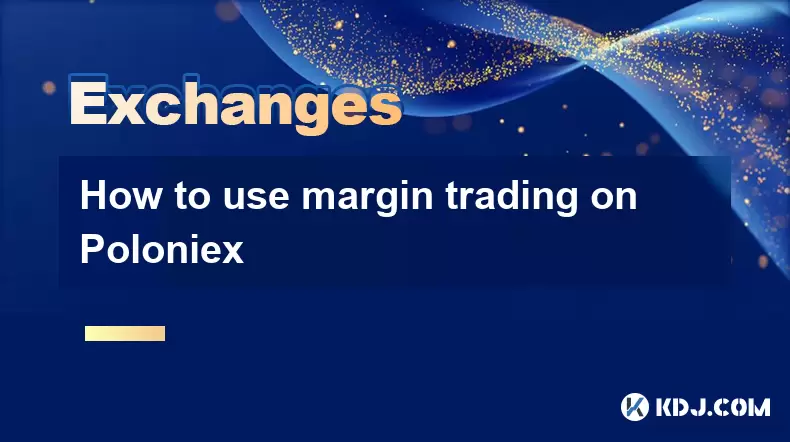
How to use margin trading on Poloniex
Aug 08,2025 at 09:50am
Understanding Margin Trading on Poloniex
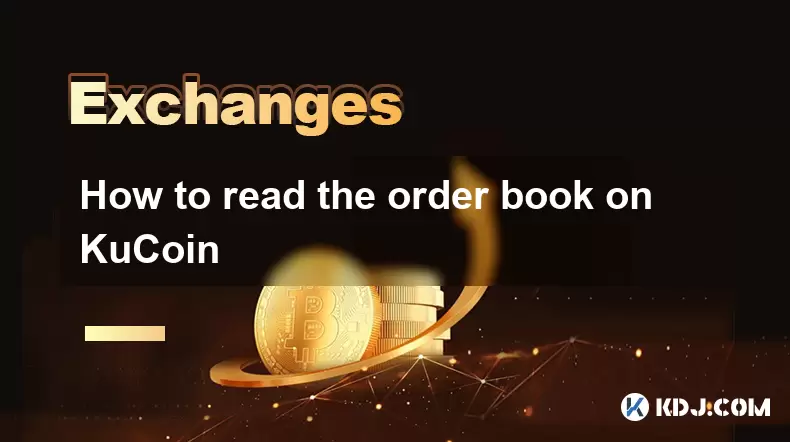
How to read the order book on KuCoin
Aug 10,2025 at 03:21pm
Understanding the Order Book Interface on KuCoinWhen accessing the order book on KuCoin, users are presented with a real-time display of buy and sell ...
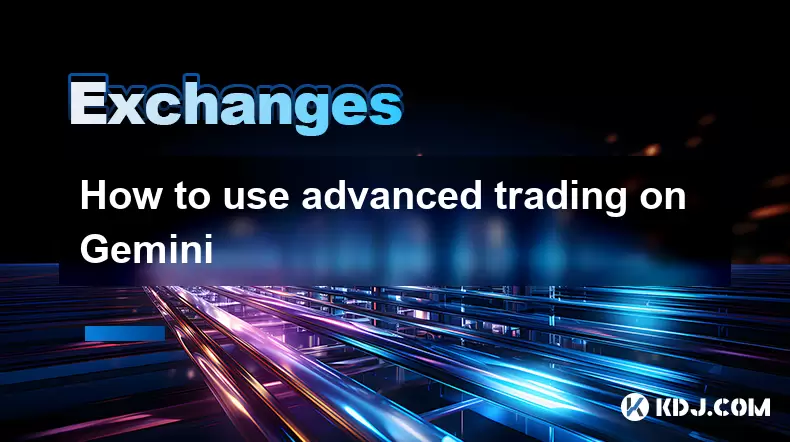
How to use advanced trading on Gemini
Aug 08,2025 at 04:07am
Understanding Advanced Trading on GeminiAdvanced trading on Gemini refers to a suite of tools and order types designed for experienced traders who wan...
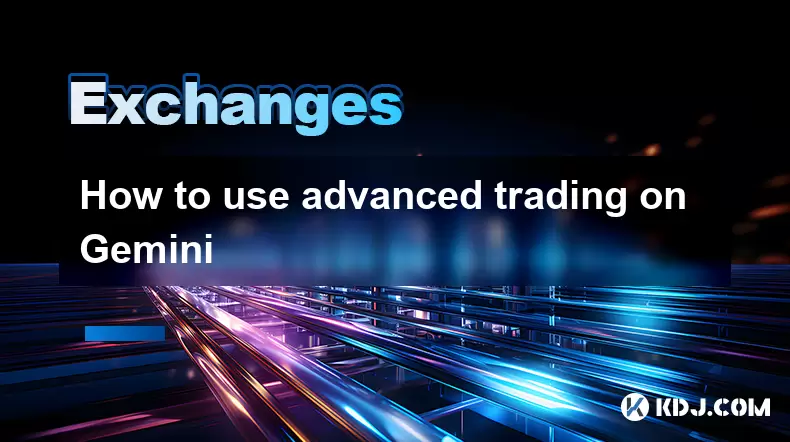
How to use advanced trading on Gemini
Aug 08,2025 at 10:56pm
Understanding Advanced Trading on GeminiAdvanced trading on Gemini refers to the suite of tools and order types available on the Gemini ActiveTrader p...
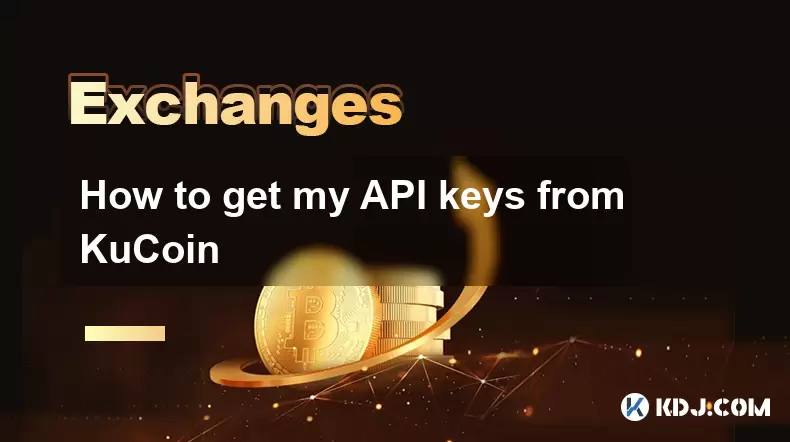
How to get my API keys from KuCoin
Aug 08,2025 at 06:50pm
Understanding API Keys on KuCoinAPI keys are essential tools for users who want to interact with KuCoin's trading platform programmatically. These key...
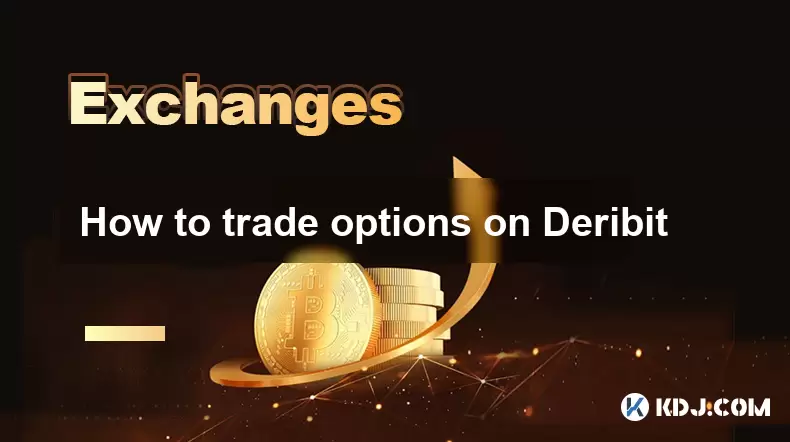
How to trade options on Deribit
Aug 09,2025 at 01:42am
Understanding Deribit and Its Options MarketDeribit is a leading cryptocurrency derivatives exchange that specializes in Bitcoin (BTC) and Ethereum (E...

How to use margin trading on Poloniex
Aug 08,2025 at 09:50am
Understanding Margin Trading on Poloniex

How to read the order book on KuCoin
Aug 10,2025 at 03:21pm
Understanding the Order Book Interface on KuCoinWhen accessing the order book on KuCoin, users are presented with a real-time display of buy and sell ...

How to use advanced trading on Gemini
Aug 08,2025 at 04:07am
Understanding Advanced Trading on GeminiAdvanced trading on Gemini refers to a suite of tools and order types designed for experienced traders who wan...

How to use advanced trading on Gemini
Aug 08,2025 at 10:56pm
Understanding Advanced Trading on GeminiAdvanced trading on Gemini refers to the suite of tools and order types available on the Gemini ActiveTrader p...

How to get my API keys from KuCoin
Aug 08,2025 at 06:50pm
Understanding API Keys on KuCoinAPI keys are essential tools for users who want to interact with KuCoin's trading platform programmatically. These key...

How to trade options on Deribit
Aug 09,2025 at 01:42am
Understanding Deribit and Its Options MarketDeribit is a leading cryptocurrency derivatives exchange that specializes in Bitcoin (BTC) and Ethereum (E...
See all articles

























































































